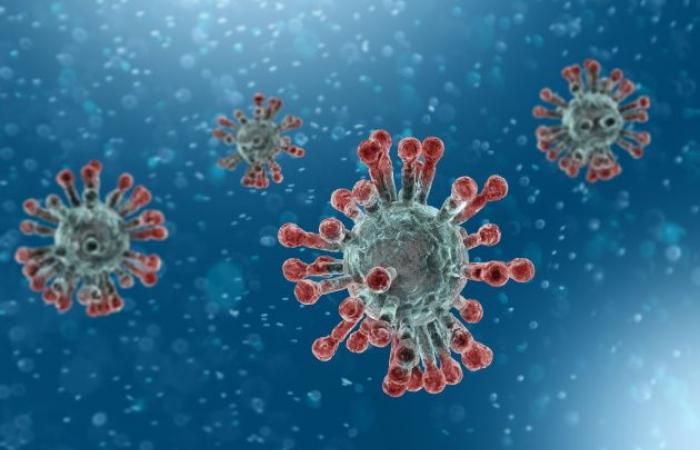As of October 29, 2020, 87,164 new cases of Coronavirus Disease 2019 (COVID-19) were reported in the United States. according to dates from Johns Hopkins University – the latest cases in a single day since the pandemic began. The amazing sum results from the number Coronavirus cases in the US nearly 9 million in the first 9 months of the pandemic.
Experts warn that the death rate could triple by mid-January 2021.
Basically, the severe acute respiratory coronavirus-2 syndrome (SARS-CoV-2) has followed a “whatever works” strategy since the beginning of the pandemic to ensure its replication and spread. If the virus can settle in the lungs, the disease can lead to pneumonia as more cells become infected and inflamed. Some of the damage is caused by the virus, but much of the damage is due to the immune system itself trying to destroy and get rid of these infected cells.
The disease can go in two different directions. The immune response can remain stable and regain control of the virus and eventually eliminate it through T cell and antibody activity. Or the immune system can freak out and start overreacting, releasing more and more inflammatory cytokines to eradicate the virus. The second route causes significant cell death in the lungs, leading to the most severe infections, acute respiratory distress syndrome, and even death.
However, in a new study, University of Illinois researchers and students found that the virus enhanced tactics that could make it more successful and stable. Students tracked the mutation rate in the virus’ proteome – the collection of proteins encoded by genetic material – over time, starting with the first SARS-CoV-2 genome in January and ending with more than 15,300 genomes later in May.
The team found that some regions are still actively triggering new mutations, indicating continued adaptation to the host environment. However, the mutation rate in other regions showed signs of slowing down and fusing around individual versions of key proteins. It’s bad that the virus is constantly changing, but it could be good for treatment options for COVID-19 for certain proteins to stabilize.
According to lead author Tre Tomaszewski, a graduate student at the School of Information Sciences in Illinois, in vaccine development you need to know what the antibodies are attached to because new mutations can change anything, including the way proteins are built. The research team documented a slowdown in the mutation rate of the virus from April after an initial phase of rapid changes. This included stabilization within the spike protein.
Within the peak, an amino acid at position 614 was replaced by another mutation that took over the entire virus population in March and April. In other words, that spike was a completely different protein in the beginning than it is now, 7 months later. The spike protein, organized into two main domains, is responsible for binding to human cells and aids in injecting the virus’ genetic material, RNA, into the material to be replicated.
The 614 mutation was linked to increased viral load and higher infectivity in a previous study without affecting the severity of the disease. However, in another study, the mutation has been linked to higher deaths. As of April, sites within two other notable proteins also became more stable, including the NSP12 polymerase protein, which duplicates RNA, and the NSP13 helicase protein, which proofreads the duplicated strands of RNA. All three mutations appear to be coordinated with one another.
These are regions that need to be watched as an increasing non-random variability in these proteins suggests that the virus is actively looking for ways to improve its spread. These two proteins interfere with our body’s fight against the virus. They are the main blockers of the beta interferon pathway that make up our antiviral defenses. Your mutation could explain the uncontrolled immune responses that are responsible for so many COVID-19 deaths.
Researchers hope that pathway research can anticipate moving targets for therapy and vaccine development as we prepare for the next wave. By sequencing, uploading, and curating genome samples, researchers will continue to track this virus.
(function(d, s, id) {
var js, fjs = d.getElementsByTagName(s)[0];
if (d.getElementById(id)) return;
js = d.createElement(s); js.id = id;
js.src = “https://connect.facebook.net/en_US/sdk.js#xfbml=1&version=v2.6&appId=1554910618150316”;
fjs.parentNode.insertBefore(js, fjs);
}(document, ‘script’, ‘facebook-jssdk’));
These were the details of the news Tracking the development of SARS-CoV-2 virus mutations for this day. We hope that we have succeeded by giving you the full details and information. To follow all our news, you can subscribe to the alerts system or to one of our different systems to provide you with all that is new.
It is also worth noting that the original news has been published and is available at de24.news and the editorial team at AlKhaleej Today has confirmed it and it has been modified, and it may have been completely transferred or quoted from it and you can read and follow this news from its main source.

